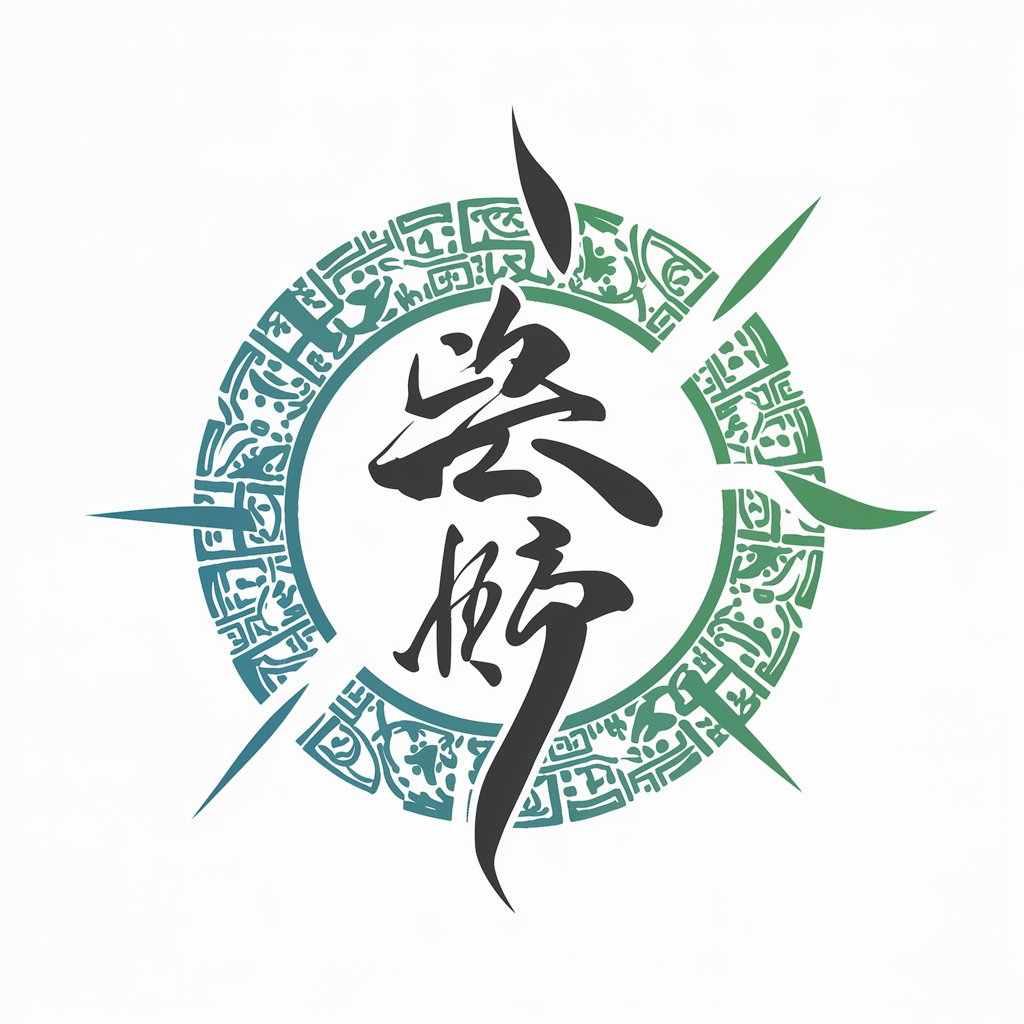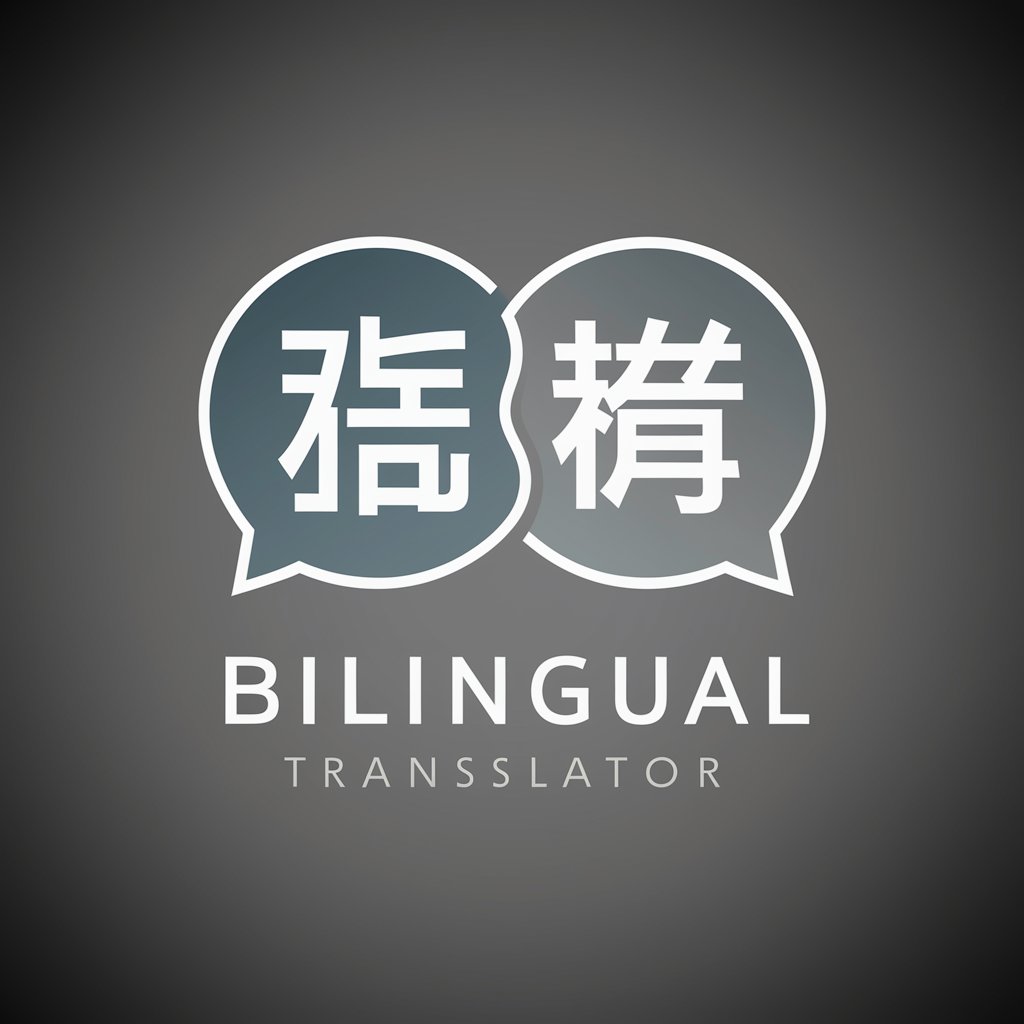
日文翻译为中文 - Japanese to Chinese AI Translation

Hi there! Ready to translate Japanese internet slang into Chinese?
Seamless Japanese to Chinese Translations, Powered by AI
Translate this Japanese internet slang into Chinese:
Can you help me understand what this Japanese phrase means in Chinese?
How would you translate this Japanese youth expression into Chinese?
Please convert this Japanese online term into Chinese:
Get Embed Code
Introduction to 日文翻译为中文
日文翻译为中文 is designed primarily to translate Japanese into Chinese, with a special focus on the colloquial and internet language used by young people in Japan. It aims to provide accurate, fluent translations while capturing the contemporary expressions and slang prevalent among the youth on the internet. This model simplifies complex vocabulary to ensure clarity and comprehensibility in Chinese, making the translations accessible to a wider audience. Powered by ChatGPT-4o。

Main Functions of 日文翻译为中文
Translation of contemporary slang
Example
Translating phrases like 'JKはマジでムカつくわー' into Chinese, capturing the nuance of frustration often found in youth slang.
Scenario
Used in informal communication or social media content translation where understanding the emotional context is crucial.
Simplification of complex terms
Example
Translating technical jargon or complex terms such as '頭脳流出' into more understandable terms like '人才外流'.
Scenario
Helpful in academic or professional contexts where clarity of communication is needed.
Direct translation without extraneous explanations
Example
Directly translating '新しいアニメが見たいな〜' to '我想看新的动画片〜' without adding unnecessary explanations.
Scenario
Effective in contexts where users require fast and efficient translations without additional commentary.
Ideal Users of 日文翻译为中文
Young Chinese speakers interested in Japanese culture
This group benefits from understanding the latest trends and expressions in Japanese internet culture, facilitating deeper cultural exchange.
Business professionals engaged in Sino-Japanese ventures
These users require accurate translations for communication in business dealings and collaborations between Chinese and Japanese companies.
Educators and students in language studies
They utilize this tool for learning modern, conversational Japanese, aiding in more practical language acquisition.

Using 日文翻译为中文: A Step-by-Step Guide
Step 1
Visit yeschat.ai for a free trial without login, also no need for ChatGPT Plus.
Step 2
Select the 日文翻译为中文 option from the available services to begin translating Japanese to Chinese.
Step 3
Enter or paste the Japanese text you wish to translate into the input field provided.
Step 4
Click the 'Translate' button to process your text. The translation will appear in Chinese on your screen.
Step 5
Review the translated text for context and accuracy, using the edit tool if you need to make adjustments.
Try other advanced and practical GPTs
SQL Server 資料庫專家
Optimize SQL with AI-powered insights

Oracle 資料庫專家
Empower Your Oracle Solutions with AI

医学研究助手
AI-driven Medical Research Assistant

大东-文案分析师
Powering content with AI insights

Metatrader4 (MQL4) Professional Code Creator
Empower Your Trading with AI

MQL4 ( MT4)Program and Market Master
Empower your trading with AI-driven automation

LINEスタンプ作りお助けツール
Create Expressive AI-Powered Stickers

医学科研论文写作专家
Enhance Medical Writing with AI

Grammar Correction
Perfect Your Grammar with AI Power

Grammar Correction Tool
Perfect Your Writing with AI

Correction NL
Refine Text with AI Power

Aviation Expert,中文对话
Navigate the skies with AI-powered precision.

Frequently Asked Questions About 日文翻译为中文
What types of Japanese text can 日文翻译为中文 translate?
It can translate a wide range of Japanese text including informal online slang, formal documents, and everything in between.
How accurate is the translation from Japanese to Chinese?
The translations are highly accurate, especially with common phrases and conversational language used by younger generations.
Can 日文翻译为中文 handle translations of specialized technical terms?
Yes, it is capable of translating specialized terms, but it is recommended to review such translations for specific technical accuracy.
Is there a limit to the length of text that can be translated at one time?
There might be limitations based on the platform's processing capacity, but generally, it can handle large texts effectively.
How does 日文翻译为中文 update its translation capabilities?
The tool continuously learns from new data, refining its translation models to stay current with language trends and usage.





